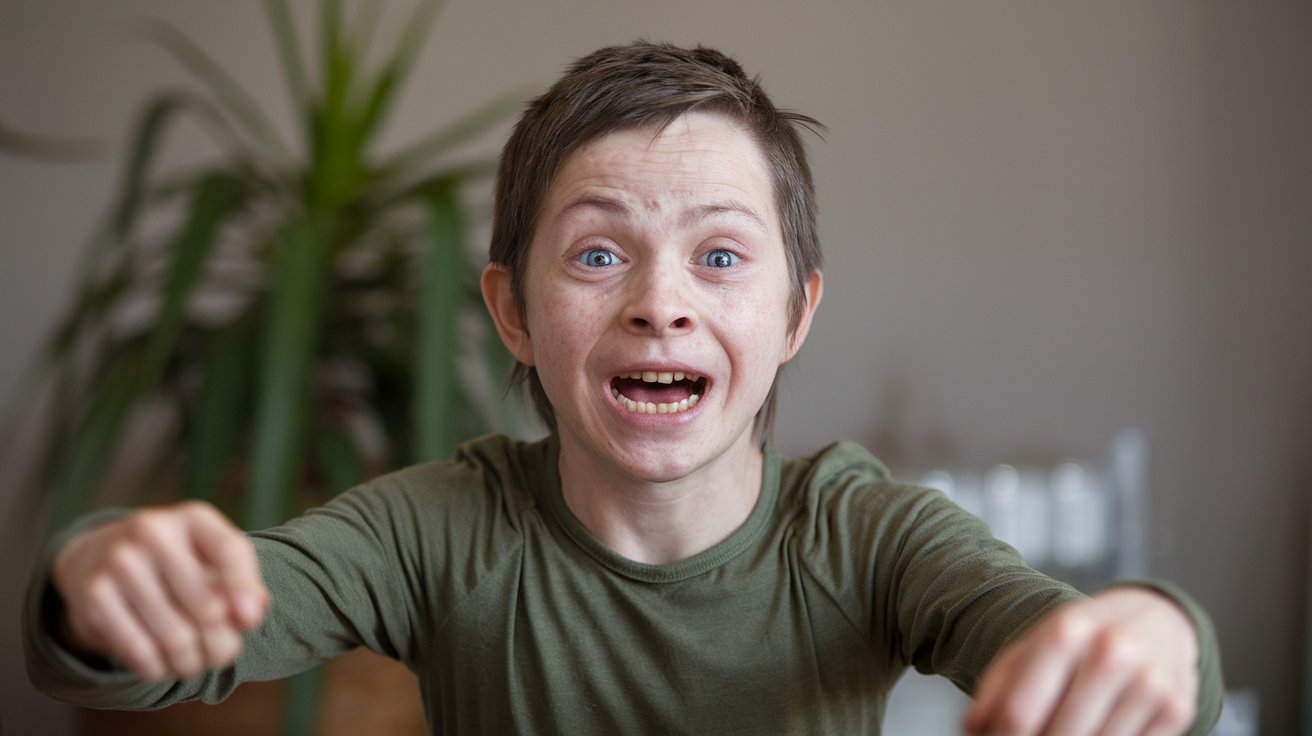
Larsen-like lethal type is a rare genetic disorder that affects skeletal development. Caused by mutations in the FLNB gene, this condition leads to severe bone abnormalities, joint dislocations, and distinctive facial features. Infants born with this disorder often face life-threatening complications due to respiratory issues and other health problems. Despite its rarity, understanding Larsen-like lethal type is crucial for early diagnosis and management. This article will delve into 25 key facts about this condition, shedding light on its symptoms, genetic basis, and current treatment options. Stay informed and learn more about this challenging genetic disorder.
Key Takeaways:
- Larsen-Like Lethal Type is a rare genetic disorder that affects bone development and can lead to life-threatening complications shortly after birth. It is caused by mutations in the FLNB gene and requires comprehensive care and support.
- Families and individuals affected by Larsen-Like Lethal Type can find valuable support from online communities, educational resources, and advocacy organizations. Connecting with others and seeking multidisciplinary care are crucial for managing this condition.
What is Larsen-Like Lethal Type?
Larsen-Like Lethal Type is a rare genetic disorder. It affects bone development and can lead to severe complications. Here are some interesting facts about this condition.
- Larsen-Like Lethal Type is a variant of Larsen syndrome, a condition first described in 1950.
- It is characterized by multiple joint dislocations, distinctive facial features, and other skeletal abnormalities.
- The disorder is caused by mutations in the FLNB gene, which provides instructions for making a protein involved in the development of the skeleton.
- Larsen-Like Lethal Type is inherited in an autosomal dominant pattern, meaning one copy of the altered gene in each cell is sufficient to cause the disorder.
- The condition is considered lethal because it often leads to life-threatening complications shortly after birth.
Symptoms and Diagnosis
Understanding the symptoms and how the condition is diagnosed can help in early detection and management.
- Newborns with this condition often have multiple joint dislocations, particularly in the hips, knees, and elbows.
- Facial features include a prominent forehead, widely spaced eyes, and a flattened nasal bridge.
- Respiratory complications are common due to abnormal development of the chest and ribs.
- Diagnosis is typically made through clinical examination and confirmed by genetic testing.
- Prenatal ultrasound can sometimes detect skeletal abnormalities suggestive of the condition.
Treatment and Management
While there is no cure, various treatments can help manage symptoms and improve quality of life.
- Orthopedic interventions may be necessary to address joint dislocations and other skeletal issues.
- Respiratory support is often required for infants with severe chest abnormalities.
- Physical therapy can help improve mobility and muscle strength.
- Regular monitoring by a multidisciplinary team is crucial for managing the various complications associated with the disorder.
- Genetic counseling is recommended for families affected by Larsen-Like Lethal Type.
Research and Future Directions
Ongoing research aims to better understand the condition and develop new treatments.
- Studies are being conducted to explore the role of the FLNB gene in skeletal development.
- Researchers are investigating potential therapies that could target the underlying genetic mutations.
- Animal models are being used to study the condition and test new treatments.
- Advances in genetic testing are improving the accuracy of diagnosis and the ability to identify carriers of the gene mutation.
- Patient registries are being established to collect data and facilitate research on rare genetic disorders like Larsen-Like Lethal Type.
Living with Larsen-Like Lethal Type
Families and individuals affected by this condition face unique challenges but can find support and resources.
- Support groups and online communities can provide valuable information and emotional support.
- Educational resources are available to help families understand the condition and navigate the healthcare system.
- Advocacy organizations work to raise awareness and promote research on rare genetic disorders.
- Families may benefit from connecting with others who have similar experiences and can offer practical advice.
- Living with Larsen-Like Lethal Type requires a comprehensive approach to care, involving medical professionals, therapists, and support networks.
Final Thoughts on Larsen-Like Lethal Type
Larsen-like lethal type is a rare genetic disorder that affects skeletal development. It’s caused by mutations in the FLNB gene, leading to severe bone abnormalities. Symptoms include joint dislocations, distinctive facial features, and respiratory issues. Early diagnosis is crucial for managing the condition, though treatment mainly focuses on alleviating symptoms and improving quality of life. Genetic counseling can help families understand the risks and implications. While there’s no cure, ongoing research offers hope for better treatments in the future. Understanding this condition not only aids those affected but also contributes to broader medical knowledge. By spreading awareness, we can support research efforts and improve care for those living with Larsen-like lethal type. Stay informed, and let’s continue to advocate for advancements in genetic research and patient support.
Frequently Asked Questions
Was this page helpful?
Our commitment to delivering trustworthy and engaging content is at the heart of what we do. Each fact on our site is contributed by real users like you, bringing a wealth of diverse insights and information. To ensure the highest standards of accuracy and reliability, our dedicated editors meticulously review each submission. This process guarantees that the facts we share are not only fascinating but also credible. Trust in our commitment to quality and authenticity as you explore and learn with us.
